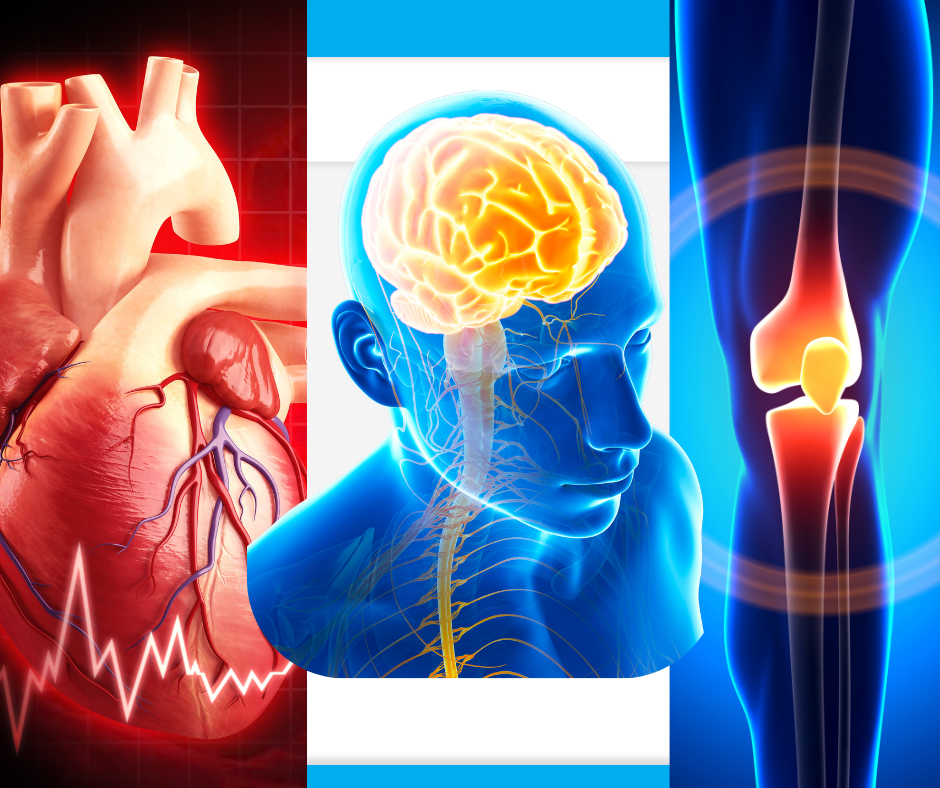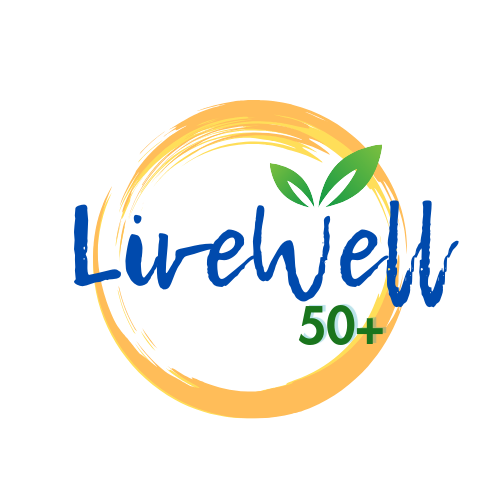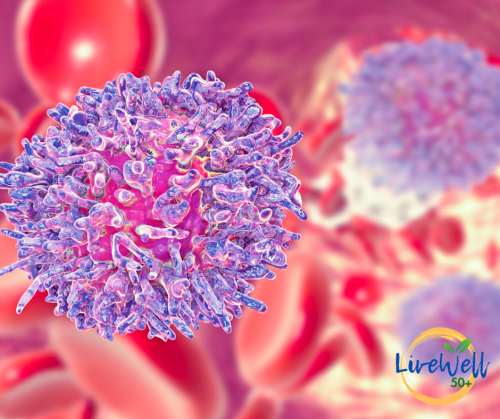Reducing Cancer Risk In Older Adults
What is Cancer?
Cancer is “a condition where cells in a specific part of the body grow and reproduce uncontrollably. The Cancerous cells can invade and destroy healthy tissue, including organs” (NHS).
What are the major causes of Cancer?
It’s a fact. Smoking is the number one cause of Cancer worldwide, causing over 16 different types. Obviously, the best way to avoid a smoking related cancer is to never take up the habit. However, there is lots of support available to help you quit smoking. In the UK the NHS website has further information. Speak to your GP as they can refer you for smoking cessation.
As well as smoking, there are other lifestyle habits that also contribute to the development of Cancer in older populations.
Nevertheless, you can reduce your age associated risk by implementing healthy lifestyle choices.
Alcohol and Cancer
The risk of Cancer increases the more you drink. It is important to note that it is the alcohol itself that causes the damage, not the amount or type of alcoholic drink.
Our body converts alcohol to Acetaldehyde. This Metabolite damages cells and prevents cell repair. Alcohol consumption can also affect our hormones. When we drink alcohol hormones such as Insulin and Oestrogen increase. This causes cell division, which in turn increases the risk of Cancer.
Breast and Bowel Cancer (along with the Liver) are the most common types of cancer that develop from alcohol consumption. Our mouths and throats can also absorb harmful chemicals such as Acetaldehyde more easily. This compound can damage the mouth lining leaving it vulnerable to further carcinogen absorption.
Does Combined Substance Use Increase Your Cancer Risk?
Acetaldehyde is also found in tobacco smoke. Research has shown a synergistic link between combined alcohol and tobacco use. Particularly related to oral, laryngeal, head, and neck cancers. One journal article review showed a 4.3 increase in head and neck Cancers in light consumers. The same review also highlighted a shift up to 35 times higher for Laryngeal Cancer in individuals who have heavy use. Cancer Research UK gives their Top Tips for cutting down how much alcohol you drink.
Poor Diet Can Lead to Cancer Risk
There is no one diet that can guarantee that you won’t get Cancer as you get older. But eating a healthy, balanced diet can reduce the risk (Cancer UK).
There is also a suggestion that instead of cutting out just one ‘bad’ food group, it is a healthy diet overall that reduces the risk of developing Cancer.
A balanced diet includes plenty of fruit and vegetables, wholegrains, and healthy sources of protein (white meat, fish, lentils, and beans).
Wholegrains help keep your bowel movements regular; this reduces cell damage in the bowel.
It is essential to cut down on processed meat. Processed meats have been preserved with nitrates and have been classified as a carcinogen by the IARC (Classifications of Carcinogenicity in Humans) and as a cause for cancer and red meat (beef, pork or lamb) as a probable cause. There is further information on how you can reduce your processed or red meat intake at Cancer Research UK.
Alongside diet and substance misuse, we also need to be mindful of maintaining a healthy weight and limiting sun exposure. Lets take a closer look at some top tips to reduce your risk of developing Cancer as you age.
Make Healthy Choices to Reduce Your Cancer Risk
Experts now believe that up to 40% of Cancer cases are preventable (World Cancer Research Fund). You can read their top tips here.
As well as eating a balanced diet, there are certain foods groups that can have a direct effect on certain types of cancer.
Foods high in fibre can be particularly beneficial in helping to lower your cancer risk, especially in the bowel.
Wholegrain foods like brown rice, wholegrain bread, oats and whole-wheat products (i.e. those that retain the outer part of the grain) are more fibrous and nutritious. The fibre helps our food move through the digestive tract more quickly. This ensures harmful chemicals aren’t sat in the bowel for too long. Fibre also helps maintain a healthy gut microbiome which has a beneficial effect on bacteria levels This in turn, keeps our bowel cells healthy limiting the chances of tumour growth.
The NHS recommend an intake of 30g of fibre per day from wholegrain, fruit, veg, pulses and nuts (REF).
There is also evidence that consuming low fat dairy products can help lower the risk of bowel cancer.
Lose Weight to Reduce Cancer Risk
Obesity has been found to cause 13 different types of cancer.
Obesity is also the cause of 1 in 20 cancer diagnoses in the UK (Cancer Research UK). The risk is heightened with total weight gain and longevity of weight gain.
In the body, fat cells act as chemical messengers. They send signals that can increase the circulation of hormones and trigger inflammation. Cell division is caused when sex and growth hormones rise.
Immune cells are attracted to fat cells; this causes further inflammation and rapid cell division. Ultimately, cell division can lead to Cancer.
Body Mass Index (BMI) calculates healthy weight versus height. The NHS has further tips on how to calculate your BMI at home.
Cancer Research UK have excellent resources on how maintaining a healthy weight can lessen your risk of developing Cancer. Another advocated tip in the fight against obesity is to limit your consumption of sugar sweetened drinks.
Protect your skin
UV radiation is a type of energy. Over exposure can damage the DNA in our cells.
As we age, this damage can cause our cells to grow quickly, resulting in tumour growth.
UV exposure can come from the sun, sunlamps or tanning booths, and getting burnt increases the risk of cell damage.
There are two types of UV ray. Both can damage the skin and cause cancer. UVB is responsible for most sunburn as it reaches the epidermis (the skins outer-layer). UVA contributes to skin aging as it goes deeper into the lower layers (the dermis).
It can be difficult for us to tell when the damage will occur. This is because we can confuse the warmth from the sun with UV but it is actually a product of infrared rays. The suns warmth should not be used an an indicator of UV levels.
In the UK, mid-March to mid-October are the peak UV exposure times. Vitamin D from the sun is essential for healthy bones etc., however we do not need to over expose our skin. To achieve the required levels, (depending on your skin type) 10-40 minutes of exposure is all that is required per day (The British Skin Foundation).
As we get older, our skin becomes thinner and more susceptible to damage. We also experience reduced healing times. Some medications can also cause photosensitivity in elderly people.
Therefore, whilst it is important for older people to achieve the recommended daily exposure, they should not exceed it. A good indicator of when you should cover up is if the UV index is 3 or above.
Cancer Research UK share their top tips on how to keep your skin safe in the sun.
Take regular exercise
As well as helping to maintain a healthy weight, exercise can also help lower the risk of developing cancer.
One of the ways that exercise can help is by reducing Insulin and Oestrogen in the body. Both of these hormones can encourage cells to divide more often. Oestrogen can have a particularly potent effect on breast and uterine tissues.
Being active and maintaining a healthy weight allows the immune system to spot any troublesome cells early. Exercise also reduces inflammation, which we have already identified as a prolific cell divider.
Another positive advantage of exercise is movement. When we move, our digestive system shifts waste products through the body at increased speeds. This benefits the bowel as harmful bacteria doesn’t linger.
The World Cancer Research Fund International has a useful resource on the beneficial effect of exercise to reduce cancer risk.
Conclusion
It is clear that our lifestyle choices can have a strong influence on the bodily processes that cause cell division. This cell division can lead to us developing Cancer.
Factors such as poor diet, lack of physical activity, and substance use play critical roles in influencing a person’s cancer risk.
However, there is strong evidence that we can negate this risk by adopting healthy lifestyle choices at any age.
Studies show that a diet high in processed foods, red meats and high sugar drinks may increase the risk of Cancer. whereas a diet rich in fruits, vegetables, and whole grains has been associated with lower risk.
Obesity has been linked to several types of cancer, including breast, colon, and endometrial. Balanced nutrition is crucial to maintain a healthy weight. In addition, exercise and movement have also been shown to be key factors in preventing cell division.
Exercise also stimulates our happy hormones such as Serotonin, Endorphins and Dopamine. These hormones can help with stress management. Whilst no direct link has been proven between Cancer and Stress levels to date, studies have shown that chronic stress can weaken our immune system, plus stress can steer us into un-healthy behaviours. It is these unhealthy choices that are attributed to the potential for Cancer development as we age.
Substance use should be avoided as it is is a key factor in the development of a variety of Cancers. As is over exposure to the suns UV rays.
Despite our best efforts, genetic factors and environmental influences do all play a part in whether someone will develop one of the many types of Cancer.
However, there is strong evidence that adopting healthy lifestyle choices can reduce Cancer risk in older adults. By eating the right foods, taking enough exercise, maintaining a healthy weight, limiting sun exposure and avoiding harmful substances such as cigarettes and alcohol we can assist our bodies in the fight against Cancer.
MEDICAL DISCAIMER: THIS BLOG SITE DOES NOT PROVIDE MEDICAL ADVICE
Although I am a qualified Allied Health Professional, I am not advising YOU as my patient. All content and information on this website (including but not limited to text, graphics, images and other material) is for educational and information purposes only. No patient-client relationship is established by your use of this website. You should not rely on this information solely. Although we strive to provide accurate general information, the information presented on this site is NOT a substitute for professional medical advice, diagnosis and treatment. Always consult a medical professional who is qualified to diagnose in your specific area/condition prior to making any medical decisions or undertaking a new healthcare regime. Never disregard professional medical advice, OR delay in seeking it because of something you have read on this website.
General Disclaimer: The information on this blog site is for entertainment or informational purposes only and should not been seen as professional advice on the topic/subject contained in this article (including, but not limited to, medical, financial, health, nutritional, legal information). You rely on the information contained within at your own risk. Always consult with a professional in the subject area before taking action. This site may contain opinionated content – it doesn’t reflect the opinions of any organizations (if any) we might be affiliated with. Any information we provide on our blog is accurate and true to the best of our knowledge, but please note that on occasion there may be omissions, errors or mistakes. We reserve the right to change how we manage or run our blog. We may change the focus or content of this blog at any time.
Related Posts

Energy Savings for Seniors UK June 25
Read on for useful round up into current energy usage schemes affecting seniors in the UK

Preventing Age Related Health Conditions
Read on to find out how you adopt healthy lifestyle choices to help prevent common age related conditions

